Top 3 Reasons to Hire a Professional Pet Sitter
Now that you’ve planned your spring vacation, you have all the vacation requests lined up, the kids have updated passports and you are dreaming of what beach you’re going to be engaging in some recuperation, it’s time to think about your beloved furry pet. There are many different options available for pet care and hiring a pet sitter to come into your home to take care of your dog is one of them. Here are a few factors to consider that make a pet sitter the best choice for your pets care.
Introvert or Social Butterfly
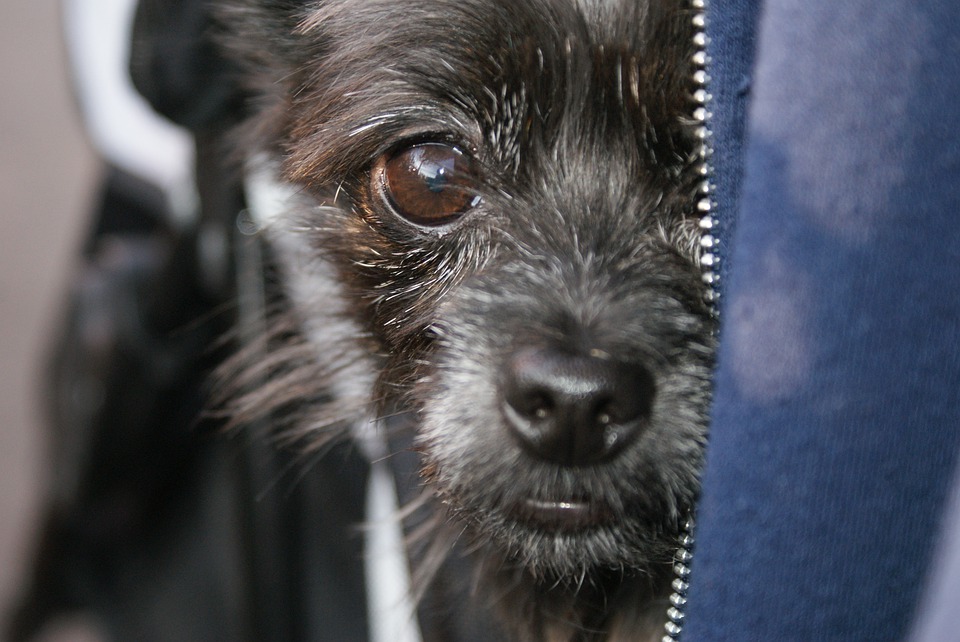
Some dogs just love to be around other dogs. They have been well socialized and would love nothing more than a 10-day non-stop play date. Other dogs, not so much. They are antisocial for varying reasons. Perhaps your dog is a recent rescue and has had past experiences with being with other dogs. Or possible your dog is a little older, and that puppy play is just too overwhelming. Then there’s those dogs that kind of forget they are dogs and turn their nose up at these four-legged creatures that like to go around sniffing each other.
If your dog is on the quieter side, or antisocial for any of the reasons above, having a pet sitter come into your home is a better option. They aren’t forced to engage in the rough play all day with the others and can enjoy their peace and quiet while still being taken care of.
Health Concerns
Some dogs have more specific health conditions or concerns that make having a pet sitter the best fit for care. If your dog takes regular medication, or is on a very specific diet, a pet sitter will be able to accommodate these needs more, as they are providing more personalized care. In addition, a pet sitter is a great choice for an elderly dog who needs a quieter pace. Lastly, if your dog is (like some of us humans) more prone to picking up illnesses such as kennel cough, they will not be exposed to other infected dogs if they remain in their own home therefore keeping them healthier.
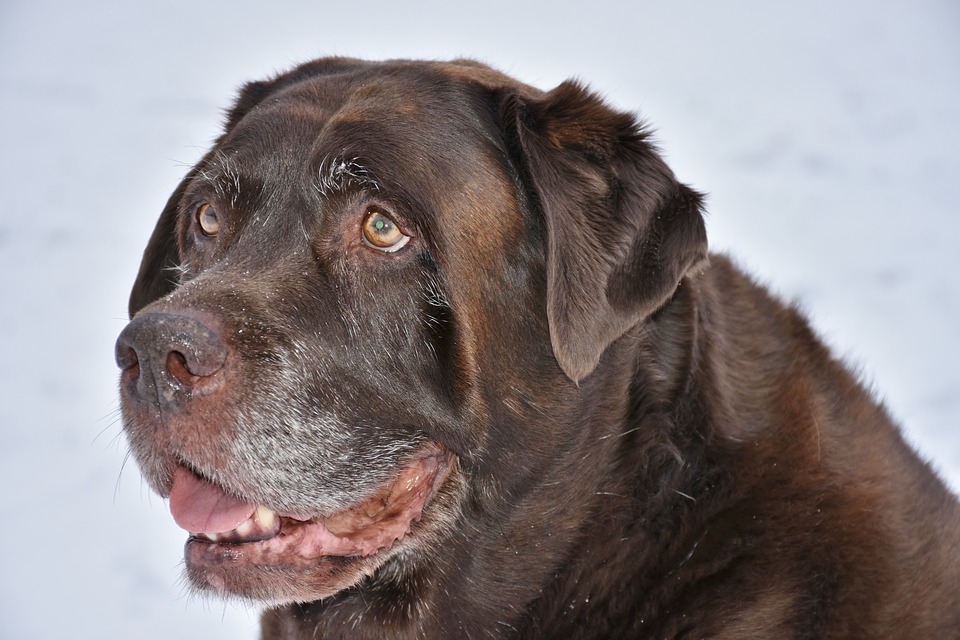
Home Security
Depending on your housing situation, and how long you are gone for, having a pet sitter can serve many purposes. Having someone in and out of your home while you’re away, can serve as a deterrent for a potential burglary. In addition, perhaps you also have a little goldfish and hamster that needs enough food and water to get them through until your return. Expensive house plants that may need a dribble of water mid-week? Depending on your contract, having a pet sitter that is also able to take care of these tasks will keep your home running smoothly until your return.
Other Considerations
If you’ve decided a pet sitter is the best option for your pet care needs, it is important to decipher the difference between a professional pet sitter and a friend or someone you find after doing a quick “in search of” post on Facebook. Keep in mind that while your vacation is likely already breaking the bank, going for the most cost-effective pet sitter may not be the best choice. Depending on whether your dog has additional concerns, hiring a professional with pet first aid, and a background in animal training and behaviour will be a crucial factor to consider.
Pet City Canada is pleased to offer professional Pet Sitting Services. Contact us for more details!
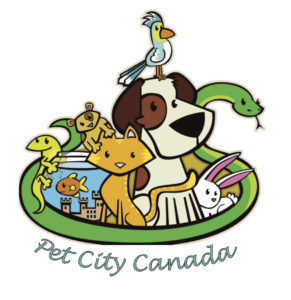
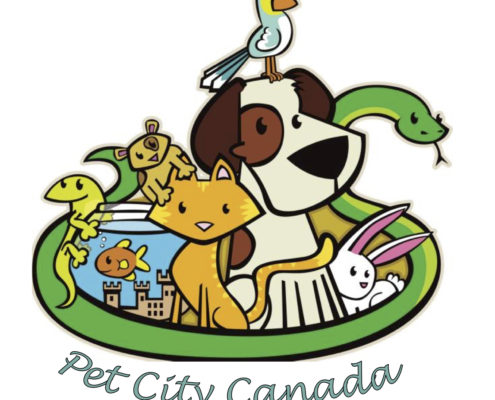

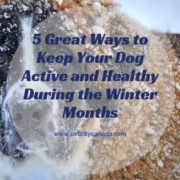

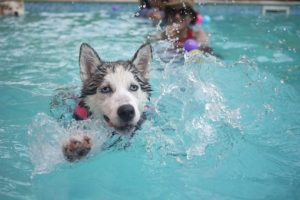
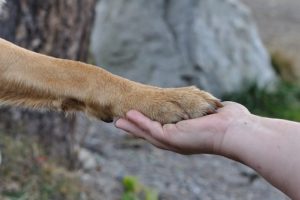
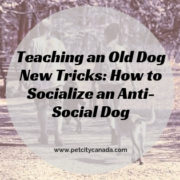

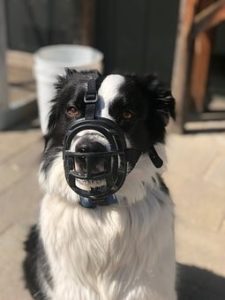
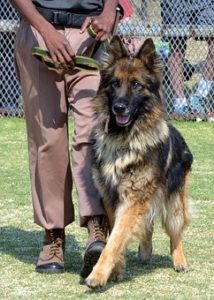
 Dogs are usually social, pack animals and learn from watching other animals in the group. Exposure is crucial in keeping your dog healthy and social.
Dogs are usually social, pack animals and learn from watching other animals in the group. Exposure is crucial in keeping your dog healthy and social.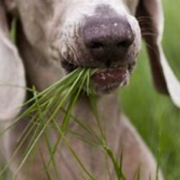
 Studies showthat less than 25% of dogs’ vomit after digesting grass. A review of published studies can’t conclude a one single reason as to why dogs ‘graze on grass’. So what brings on this canine behaviour? Some research suggests that a dog may have stomach upset, gas, and/or bloating, therefore eats grass to induce vomiting, and then feels better afterwards.
Studies showthat less than 25% of dogs’ vomit after digesting grass. A review of published studies can’t conclude a one single reason as to why dogs ‘graze on grass’. So what brings on this canine behaviour? Some research suggests that a dog may have stomach upset, gas, and/or bloating, therefore eats grass to induce vomiting, and then feels better afterwards.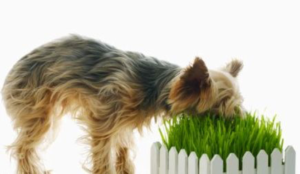
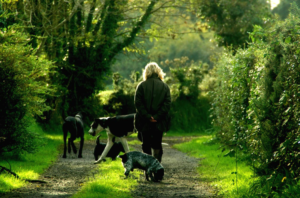 Wether your canine eats grass and vomits or not, she should be on a Veterinarian approved nutritional diet plus a regular parasite control program. If you are unable spend time with your dog outdoors or unfamiliar with the area, please contact
Wether your canine eats grass and vomits or not, she should be on a Veterinarian approved nutritional diet plus a regular parasite control program. If you are unable spend time with your dog outdoors or unfamiliar with the area, please contact